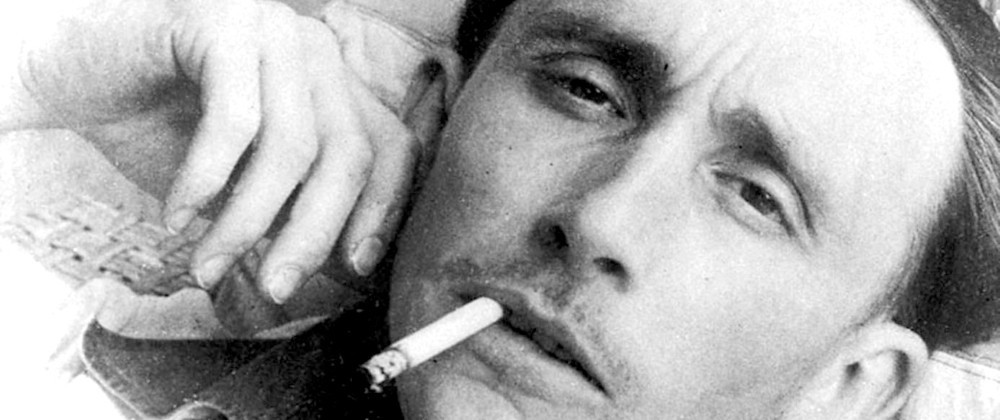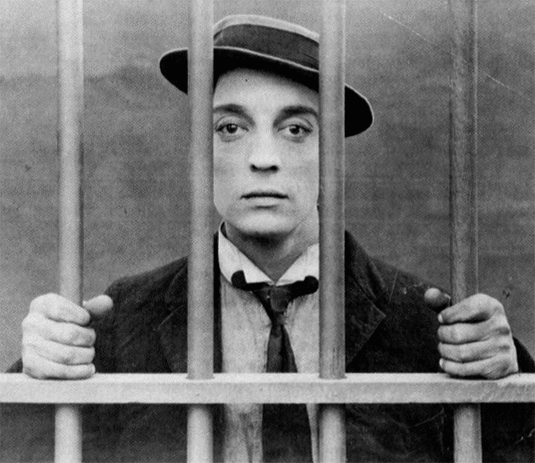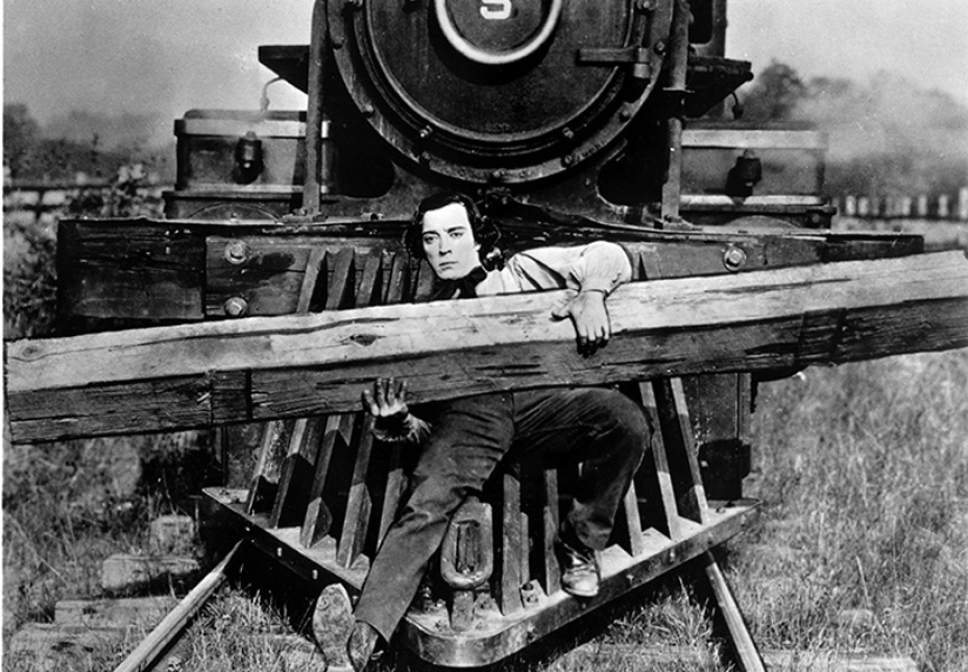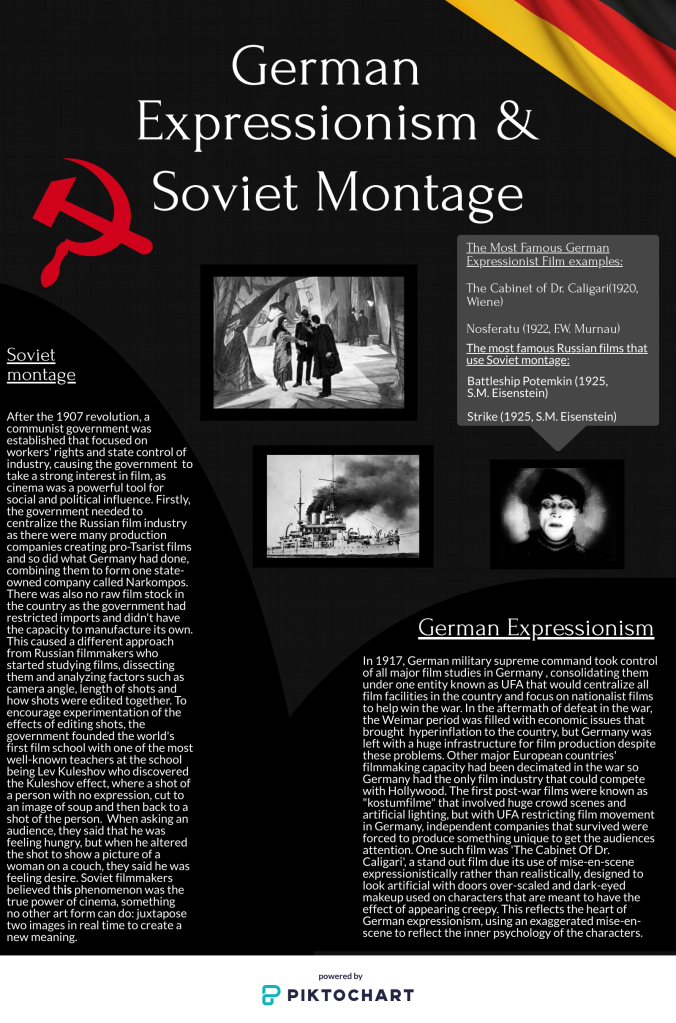Early cinema throughout the 1910s and 1920s explored the contrasting methods that directors took in order to convey two distinctive filmmaking approaches, one portraying the realist and the other the expressive.
Expressionism is most identifiable in movements such as German expressionism and Soviet montage. Germany was at the forefront of expressive filmmaking due to the large infrastructure for film that remained after the war despite the economic problems crippling other sectors. German military supreme command took control and consolidated all major films studies in 1917 under one entity known as UFA which focused on nationalist films, forcing independent cinemas to produce unique films to get audiences’ attention such as ‘The Cabinet of Dr Caligari’ which has expressive wise-en-scene designed to give an artificial appearance with over-scaled furniture and dark-eyed makeup that reflected the inner psychology of characters. Soviet montage also came from a desire to utilise film as a political influence after the 1917 revolution, centralising the Russian film industry under one entity, Narkompos. Restricitions on imports meant a lack of raw film and filmmakers therefore began studying films, dissecting them and focusing on how the shots were edited to together with films such as ‘Battleship Potemkin’ representing this radical editorial thinking. Perhaps the most recognisable was the Kuleshov effect which focused on viewer response when presented with juxtaposing images.
Some opposed this new expressive nature of filmmaking such as the film critic Andre Bazin who, while not against editing as it forms a basis for a films structure, disagrees with the optical illusions it creates, adding meaning through juxtaposition rather than the content of an image which removes the freedom on the part of the spectator to select meaning for themselves. Bazin prefers the use of longer takes with less cuts in order to create a more realistic appearance, desiring the audience o make their own judgements about how long they should look at something and what they should be looking at. These beliefs are present in the cinema verite movement in France in the 1960s which focused its attention on the realistic day to day lives of people and capturing life in its realistic form.
Buster Keaton films utilise both expressive and realistic elements to create meaning throughout, using expressive aspects of filmmaking such as mine-en-scene and editing to convey meaning to the audience while references to the context of the time portray the realism of the films.
In the film ‘One Week’, both expressive and realist elements can be seen. The film portrays a week in the life of a recently married man as he attempts to build a house and settle down with his wife. Keaton attempts to carry a brick chimney up a ladder made from the front of his porch, extending to the top of the roof of his crooked house. The use of mundane items shown in an abstract manner reflects the expressive mise-en-scene present in German expressionism as carrying a chimney up a ladder is feasibly impossible as they are heavy objects, subverting the expectations of the audience which adds comedic effect to the scene. Keaton’s wife can later be seen washing in a bathtub as she begins to reach for a bar of soap, half standing and stopping mid-way as she acknowledges the camera looking at here. The fourth wall is then broken as a hand, presumably of the cameraman covers the lens as she reaches for the soap again and sits back down without flashing the audience. Initially the audience is given the impression that she is going to stand up but her acknowledgement of the camera breaks the illusion that the film is a realist representation of married life whilst creating humour for the audience. The film doesn’t neglect the use of realistic elements however, with references made to ideas such as superstition that draw on the beliefs of real life. The reaction from the women in the film at the umbrella being opened indoors and Keaton’s disposal of a horseshoe are representative of the long held belief in superstitions still presents in the 1920’s and the bad or good luck that comes from doing such things as a horseshoe is supposed to bring good luck when hung over a persons door. Keaton’s plays on these beliefs that would have been held by many in the audience and used them to give credence to the disastrous luck the couple are having.
Keaton’s film ‘The Scarecrow’ uses realistic editing throughout the film through the use of continuity editing which depicts the narrative in a linear way and allows the narrative to play out in real time, similar to the views of Bazin and without elements of Soviet montage. This narrative is also realistic with the idea of two men going after the same woman being a common theme throughout both 20th century film and literature as it connects with an audience as it’s highly likely they have experienced something similar for themselves in a male dominated society. The films mise-en-scene on the other hand contains more expressive elements. Keaton’s uses common household objects in atypical ways, placing them in unusual locations such as a salt shaker hanging above the table on a string and space for the table to attach to the wall. Presenting an abstract home designed to show he hasn’t compromised usability in a compact space. Both expressive and realist elements are sometimes used in cohesion in certain scenes. When a man attempts to chase Keaton, the car toppled backwards after he sits at the back due to him being over weight but despite being partially realistic, the emphasis of the man’s weight is used for comedic effect and is therefore an expressionist depiction of reality. Also, the horse that Keaton intends to escape on is given the appearance of a real horse as a fake one stands beside it, do when he is left on a stationary horse as a woman on the real one gallops away he is left in bewilderment. Both examples are used for comedic effect and emphasises a character’s personality and stupidity rather than being a realistic depiction of life.
Keaton’s ‘High Sign’ is also based on realistic premises but portrays them in an expressive manner so as the show different character traits without the use of sound. The film presents an ordinary person caught up in extraordinary events in an American society where gangs and violence are commonplace, typical of the time period and is represented by a gun range being a false front for the Blinking Buzzards gang while the possession of guns was legal in America, allowing for crimes such as robbery to occur frequently.
Mise-en-scene is often used expressively just like in German expressionism with Keaton taking out an absurdly large newspaper which continues to expand. This mise-en-scene is deliberately unrealistic to show how out of place he is this new town that he has been thrust into. While aiming at a row of bottle for target practice, he accidentally shoots ma standing beside them who leaps high into the air and proceeds to run rapidly away, clutching his behind to exaggerate the pain inflicted upon him for comedic effect and makes clear he is incapable of working for a gang. Also, the unique design of the house he attempts to protect shows an expressive method of manipulating mise-en-scene to express the ridiculousness of the events transpiring as he is far out of his depth. Both expressive and realistic cinematography are present as wide shots are used in the house as Keaton is chased while a long depth of field gives greater focus on everything happening simultaneously. The use of iris shots manipulates where the audiences focus should be such as on the death note given to the old man.
Finally, ‘Cops’, a film about a man aspiring to be a big businessman so that a woman can love him resulting in him becoming a criminal and chased by the police. The film has realist elements as it could be viewed as a social commentary on American society as the woman only desires him if he is rich and successful, showing marriage as a corrupt notion. This idea of money is prominent throughout the film and realistically depicts social tension present at the time. Expressive features are present in the film as seen through the opening shot when Keaton is shown through metal bars which gives the audience the impression that he is in prison, linking to the title of the film but instead he is standing behind the gates of the house of the woman he loves. The effect of this is that it manipulates the viewers perception through mise-en-scene in an expressive way similar to the manipulation present in German expressionism.
Keaton uses both expressive and realistic filmmaking techniques in order to have a varying affect on the viewer. Expressive elements provide audiences far greater meaning through comedic effect or as a narrative device while realistic elements allow for an audience to relate with what they are watching on screen.





